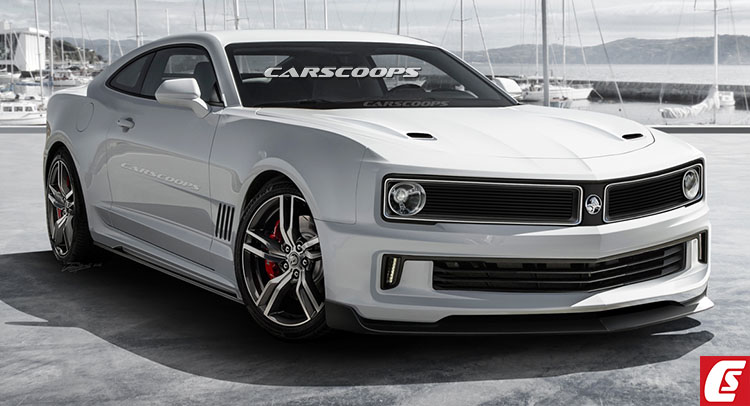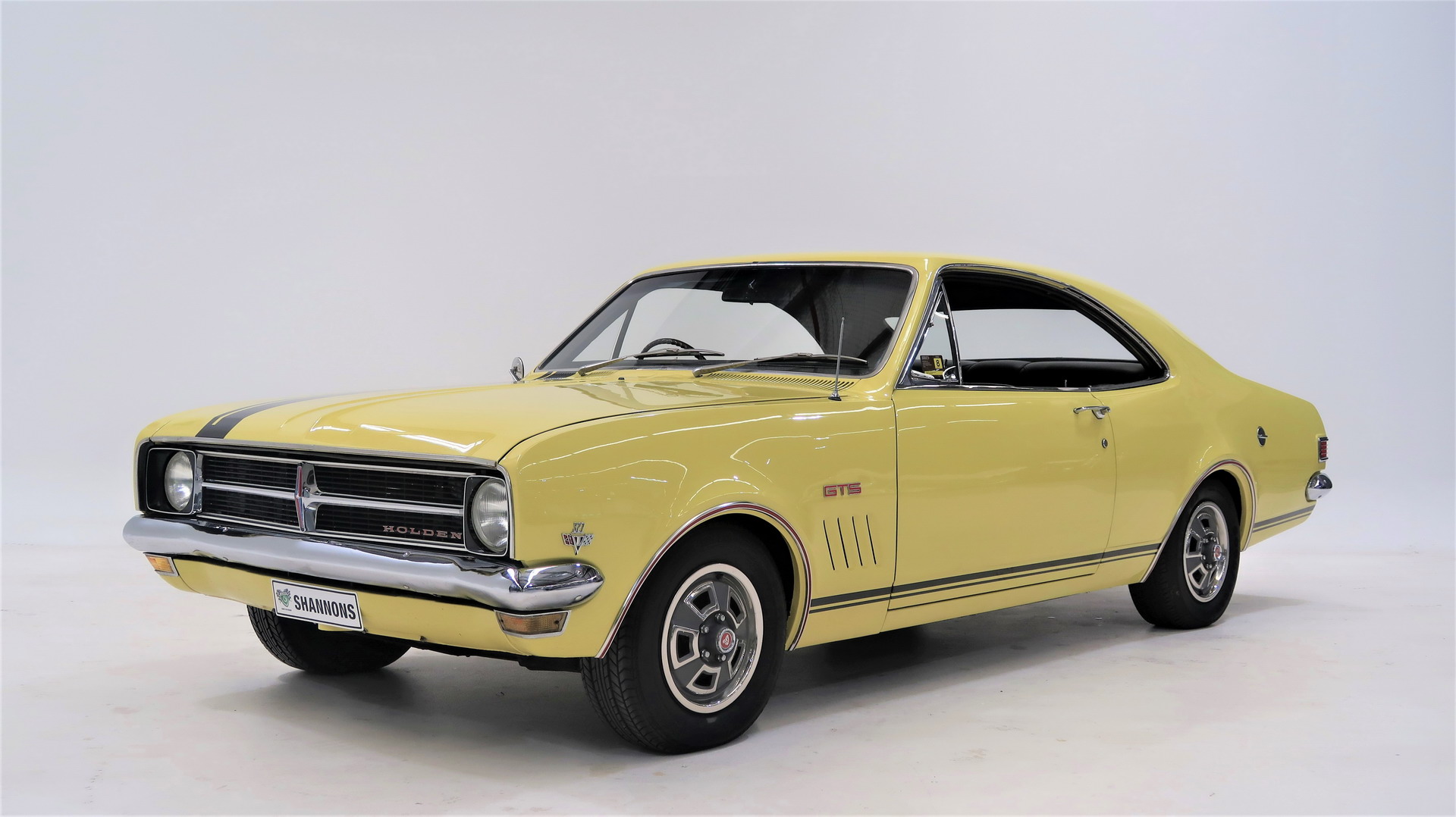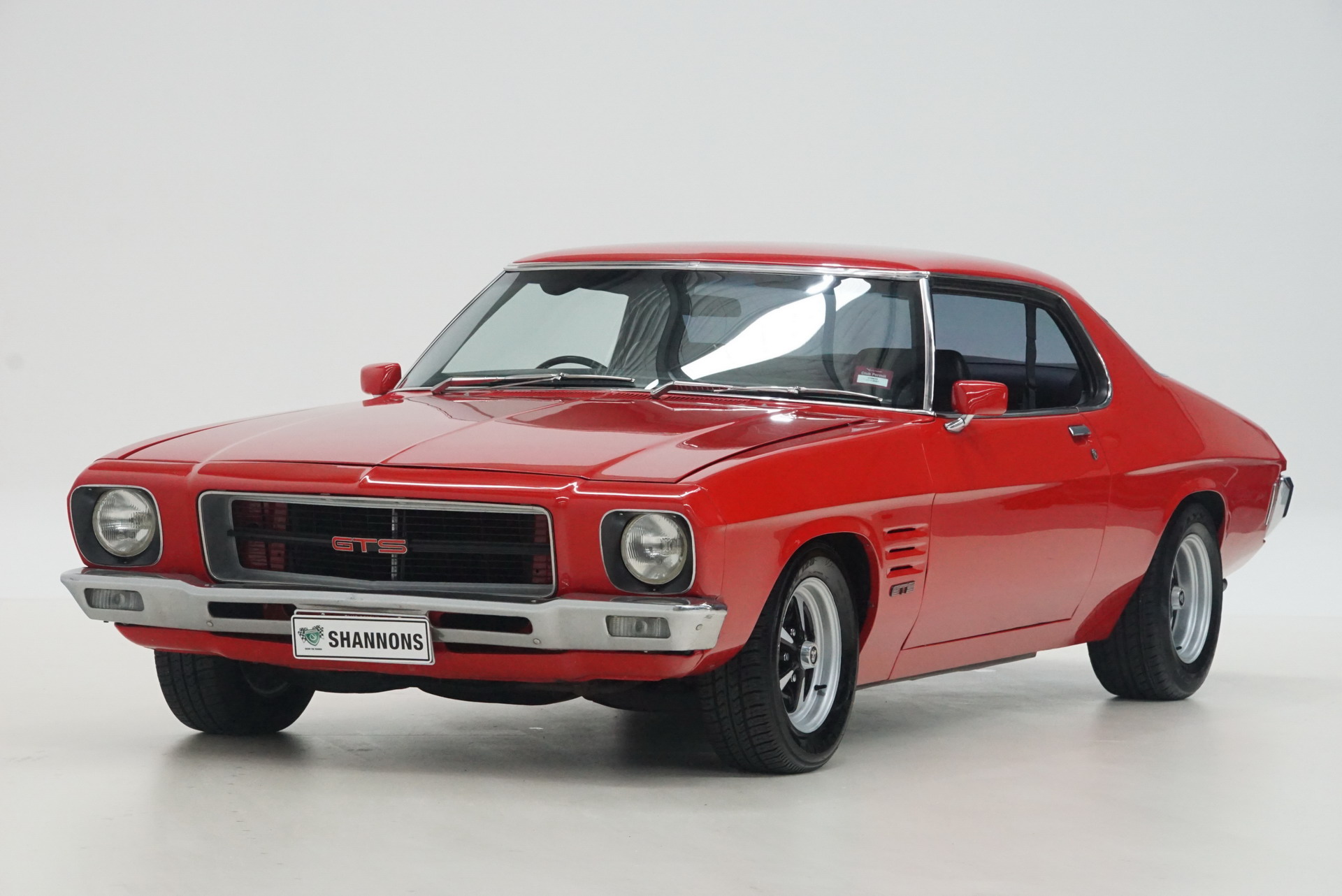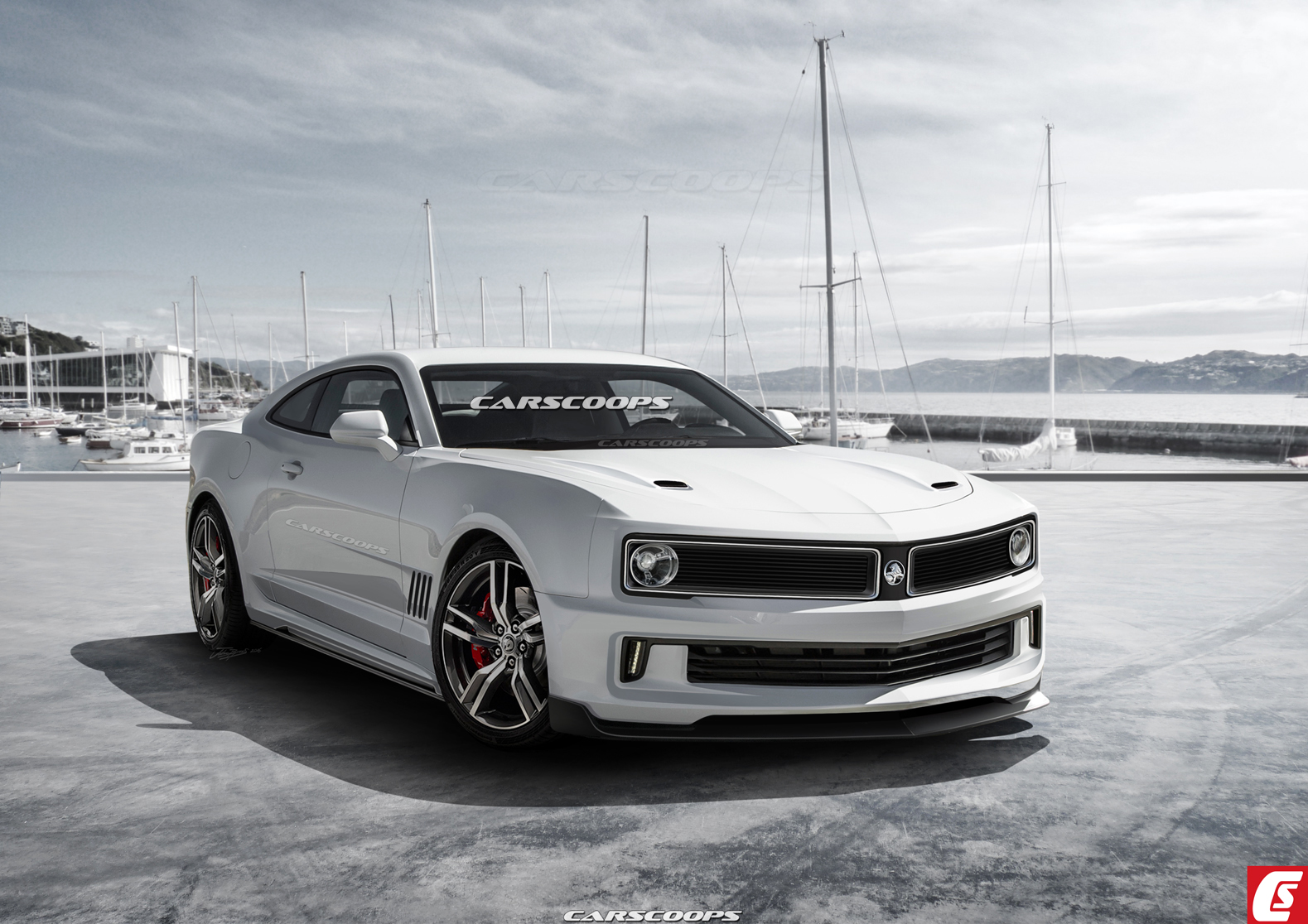This article includes illustrations made by CarScoops’ artist Josh Byrnes .They are speculative drawings that are neither related to nor endorsed by GM’s Holden.
As many of you know, GM’s Australian subsidiary, Holden will cease local manufacturing Down Under in 2017, but what if it was given a lifeline, or more intriguingly, a chance to revisit the glory days of the Monaro Coupe?
With that question in mind, let’s illustratively explore what a modern Monaro would look like and what would make it go.
Let’s begin with the styling; many motoring icons are remembered for their first generation designs and the Monaro isn’t any different. Forget the vanilla 2000’s version (also badged as a Pontiac GTO); the initial late 60’s offering shared classic styling cues from Chevy’s Camaro and Nova with an Aussie twist.
Using the classic model as an inspiration, this study takes on a retro path with muscular modern overtones. Perhaps the strongest link between past and present is the wide, dominant front grille with circular LED lighting and the smooth and rounded rear quarter windows.
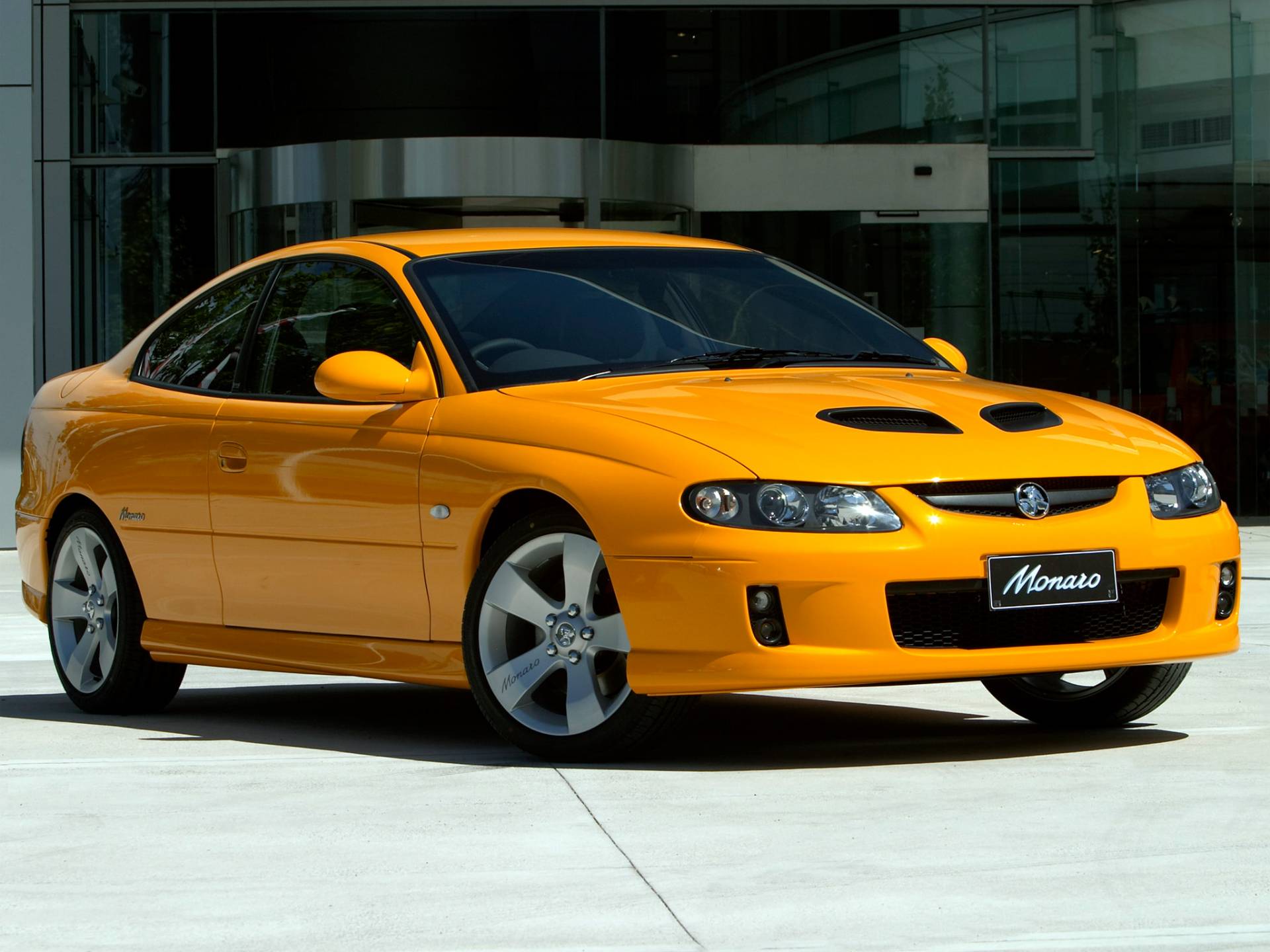
The third generation Holden Monaro (2001-2006) was also rebadged as a Vauxhall Monaro in the UK and as the Pontiac GTO in North America
Other modernized elements are the hood and fender vents, helping to reinforce its muscular nature. Same could be said for the rear haunches and lower lip splitters which emphasize stance and visual punch.
In the world of platform sharing, the retro body would be best suited to GM’s Alpha architecture, as it would reap the same weight-saving and handling benefits the Camaro, Cadillac ATS and CTS enjoy.
Dynamics could be further improved by employing a few Camaro tricks; like its impressive Magnetic Ride Control active dampers, multilink rear suspension and quick electric-assist steering.
On the performance front, power would come from Chevrolet’s 6.2-liter LT1 V-8. Offering up to 460 horses – this unit would feed power to the rear wheels, via a 6speed manual or an eight-speed automatic shared with the latest Corvette. A naturally aspirated, direct-injected 3.6-liter V6 ought to be potent enough to serve as a base option, while the Camaro’s 2.0-liter turbo could also fit in.
However, as good as this design study sounds; the big question is, would it do well enough to justify the investment? Could it ever be sold alongside the Camaro in the USA? Likely not, as Buick’s stunning Avista Coupe concept looks to have taken that slot.
However, since the Chevy isn’t sold in right hand drive, a modern day Monaro could plug the gaps where the Camaro isn’t available and the RHD Ford Mustang is currently running riot. A muscle car alternative to Nissan’s 370Z and more expensive offerings from BMW, Audi, Mercedes and Lexus? One can only hope.
Tell us what you think in the comments below.




